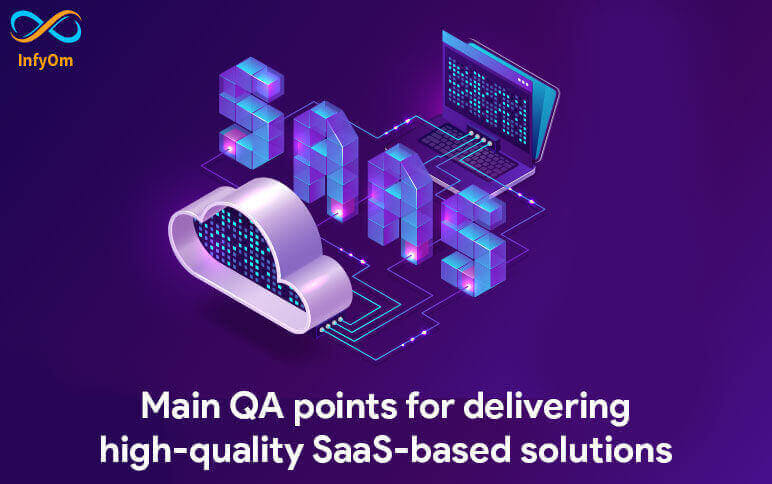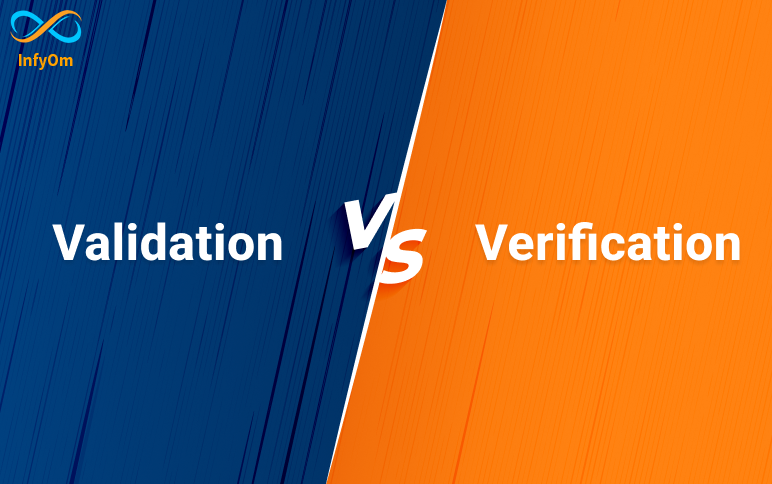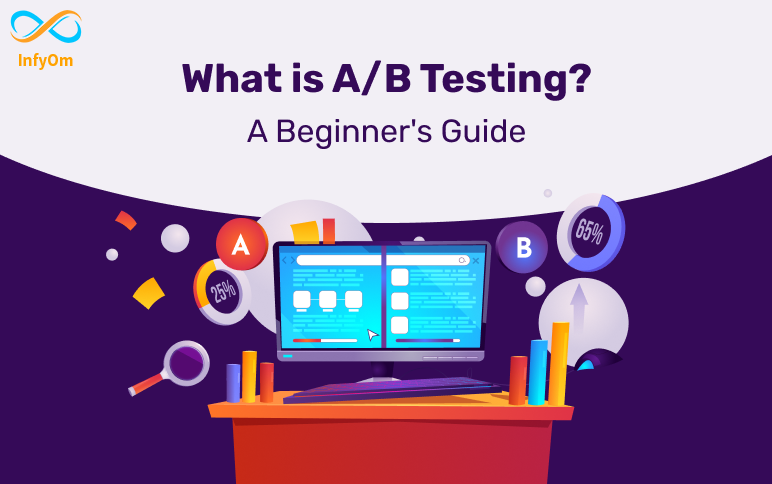SaaS testing is the process of conducting a test case on an on-demand software or web-based software system. Software testing as a service is different from testing on-premises applications because SaaS-based application testing requires access to browsers and is centered around web application testing methods.
The software tests robust SaaS performance testing plans against real-world traffic in a cloud environment to confirm that the service is available, useful, and optimized for all web concurrent users at all times. By adhering to the best practices of SaaS testing, your team can quickly deploy updates and upgrades, increase ROI, and increase user satisfaction.
SaaS-Based Solutions: 4 Reasons to Testing
Reason 1. Smart scalability
The option to change software capabilities immediately upon request allows tenants to save costs on using cloud services. What’s more, SaaS vendors use auto-scaling mechanisms that diagnose the amount of current users and adjust the software according to sizing needs.
Reason 2. Regular and rapid updates
Within the tight relationship with the SAS provider, the shortcomings and modifications of all solutions go through it. As a rule, the process of correcting errors and making changes is quick and frequent. Therefore, a robust QA strategy should be defined to optimize the snowfall of test scenarios on short notice.
Reason 3. Multi-tenancy
SaaS opportunities to use shared cloud resources make it affordable for a range of different organizations and streamline software support. Within the approach of providing access to multiple customers, each tenant’s data is different and remains invisible to other subscribers. However, the sheer number of connections with a vendor can cause difficulties in compatibility and integration. In this case, improving the quality of the API may be the escape solution.
Reason 4. Adjustable architecture
One more reason why companies choose SaaS is the ability to customize and specify settings that perfectly match the needs of the business. And this requires thorough supervision, as improper operation of the IT solution can lead to defects after adding some modifications that can exacerbate the increased churning rate.
Therefore, in these specifications, SaaS testing is more complex than testing cloud and on-premises apps, which gathers more demand and a more in-depth attitude towards QA activities.
Now Let’s see main points to get Upscale SaaS-Based Solutions
1. Functional testing
Testing all levels of connections between IT product components, including units, their integration and system testing, QA experts check the proper management of efficiency. Notably, the general requirements include numerous cases corresponding to casual user scenarios. Checking numerous configuration combinations makes testing more complete.
2. Performance testing
While on-premises applications are based on the user’s environment, the customer experience in SaaS-based products may be influenced by others. Thus, performance checks are necessary – to run stress and load tests, QA engineers identify the above limitations of software capability and evaluate its behavior under the expected number of concomitant users.
3. Interoperability testing
SaaS based products perform flawlessly against various browsers and platforms as a prerequisite. Before conducting the interoperability test, the QA team estimates the most preferred browsers and platforms and isolates the browsers used by a few clients to exclude them. With every browser or platform tested, QA specialists cover the full scope of test configuration and provide seamless software operation for a wide range of users.
4. Usability testing
Intending to reduce churn rates and build long-term relationships with end users, companies primarily strive to enhance the customer experience with convenient app usage. By providing simple information architecture, simple workflow and interaction as well as visual readability and adequate feedback on commonly used functions, the individual can satisfy customers through a user-friendly application.
5. Security testing
Within sensitive data, SaaS-based solutions need to enable highly secure storage and disposal of information. Accepting casual accounts and roles, these applications require full validation of access control. To identify vulnerabilities and avoid data breaches, QA experts perform penetration testing, exploring potential barriers.
6. Compliance with requirements
Winning the competition also assumes meeting worldwide standards. Depending on the industry, HIPAA checklists for health products, OWASP security recommendations for any-domain web and mobile applications, GDPR to enable secure data storage and worldwide transfers and much more may be required to conduct software testing.
7. API testing
API testing is required between organizations delivering SaaS products, in conjunction with customer platforms and other third-party solutions. With it, instead of using default user inputs and outputs, QA engineers run positive and negative views of calls on APIs and analyze responses to system interactions. Such an approach allows in advance to ensure that the API application and the calling solution work properly. It focuses primarily on the business logic layer of software architecture.
8. Regression testing
Once the new functionality is implemented, it needs to be verified that the latest improvements have not affected the developed features. Being an elaborate and cumbersome process, the SaaS regression test includes all the test types mentioned above and a range of test cases involving more.
InfyOm has experience delivering comprehensive QA assistance with solid regression testing. Learn how our QA engineers tested and streamlined the software, ensuring the quality of the SaaS platform for public housing authorities.
Summary
Once you decide to build a true bug-free SaaS application, IT strategy needs to add SaaS testing to its specifications that include the use of Wise Cloud resources, prompt updates, multi-tenancy and customization.
By introducing QA tips from the InfyOm list, one can improve the quality of solutions, obtain the required business and operational values, and reduce churning rates.



